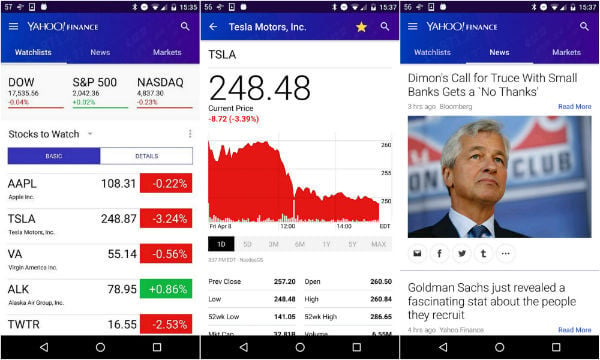

"Spatial computing is not only about the wearable you wear to interface with tech in a new way, it’s also about making the world we see through our own eyes something you experience in a new way," said Hackl. The fact that Apple is calling its device a "spatial computer" rather than a headset is also an important indication of the heights the company hopes the product will reach. Story continues What does 'revolutionary' really even mean? Let’s see where else Apple can take spatial computing and how willing people are to join them on their journey." "Let’s give it some time to grow and develop but also for consumers to wrap their heads and eyeballs around since we’ve become so accustomed to a 2D world. I do like the way that these seem to come together rather well into just one device," he said. "It borrows heavily from other devices (iPhone, iPad, and even the Watch), software (Swift and Safari among others), and services (Apple TV, Arcade, and security) that, while not particularly revolutionary. But, he added, it's important to remember how many other Apple products and apps the Vision Pro pulls from. IDC Research Director Ramon Llamas said there are certainly parts of the Vision Pro that are truly revolutionary. Apple entering the market absolutely moves XR into the mainstream."


"As these devices become accessible to the average consumer we will see how we work and play transformed. "The Vision Pro marks a revolutionary moment for spatial computing and the future of work," said Marcus Segal, CEO and co-founder of game developer ForeVR. Some hailed the unveiling of the Vision Pro as a genuine watershed moment, while others were more circumspect. Yahoo Finance asked six experts what they thought.


 0 kommentar(er)
0 kommentar(er)
